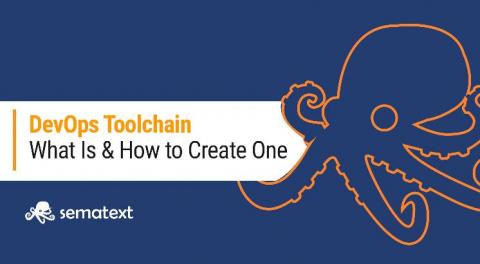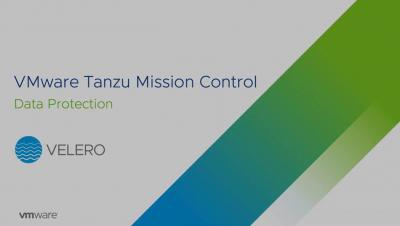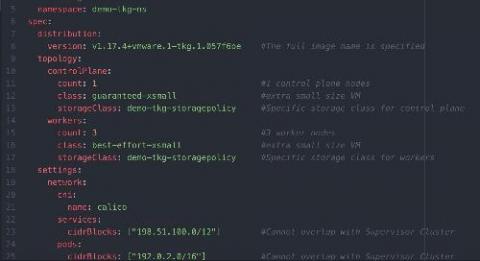DevOps Toolchain Explained: What Is & How to Create One. Choosing Between Buying or Building Your Own Tools
Over the past few years, we’ve seen an almost obsession with developing and adopting CI/CD tools throughout the DevOps community. There are thousands of “how-to’s”, “top x tools”, and “tool x vs tool y” type articles, and it has gotten to the point where it’s quite difficult to figure out how and which one to pick as your own.











